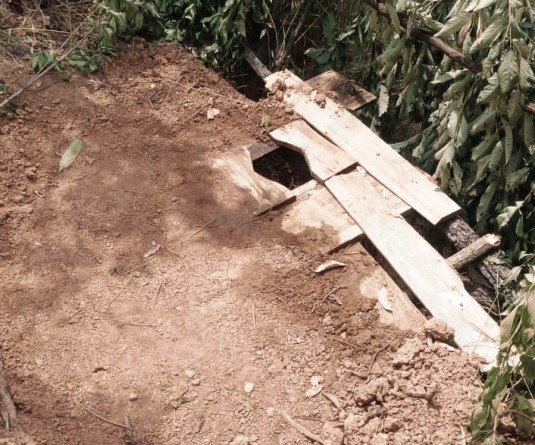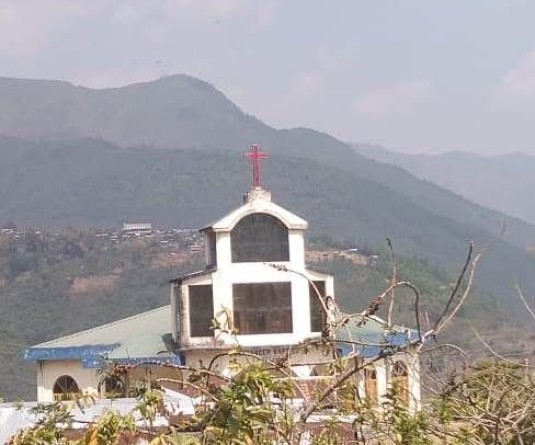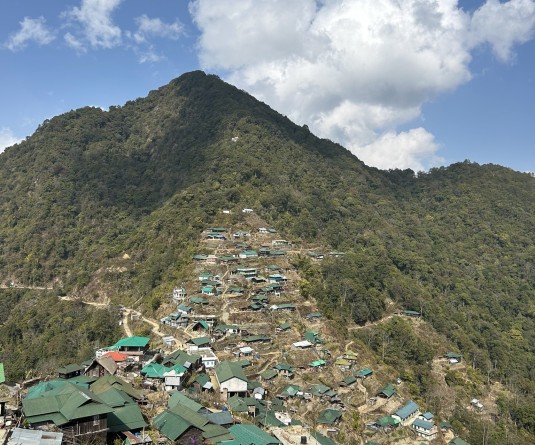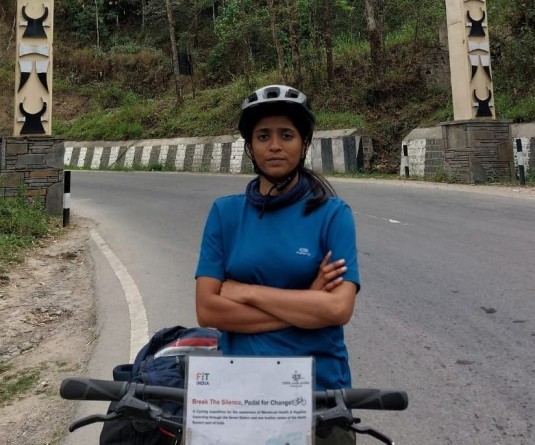
Community Seed Banks could pave way to collective sharing & securing of knowledge
Morung Express Feature
Chizami (Phek) | March 27
The tradition of sharing seeds—from older to younger women, or friend to friend—is not new to Adile Wezah, a seasoned jhum cultivator from Chizami Village in Phek district of Nagaland. “Sometimes I give the seeds to friends when I fall sick. They grow the crops and we share the produce,” says Wezah, a seasoned traditional seed keeper of her community.
With an eye on the future, and to sustain themselves in old age, village foremothers passed on seeds to her. “Moi buri hoishe, apni lopi,” they told her. I have become old, you take the seeds. “I grew them on my field and shared the crops with them,” explains the cultivator whose jhum field is a diverse array of food crops. This is how Naga indigenous agriculture, food and cultural systems attached to them continued over generations.
Wezah’s friend, Atsole Akami is also a seed keeper and grumbles when seeds are transported, for a program, in plastic containers. “The seeds don’t grow if we store them in plastic. They need to be stored either in bamboo or dried gourd containers,” she shares, rather nonchalantly. “Young people take tips from us on what to grow, where and how to grow properly,” says the seed scientist.
Seed keeping in Naga villages have remained a shared tradition but a predominantly family activity. Inspired by this, the North East Network in Nagaland encouraged women to take the knowledge to the next level: community seed banking.
Community Seed Banks
“Market seeds were proliferating in our villages and there was a need to better preserve climate resistant indigenous seeds,” notes Stephen Gangmei, Program Associate at NEN, Nagaland, who worked to initiate community seed banks in 8 villages in Phek district—Chizami village, Enhulumi, Sümi, Sakraba, Ruzazho, Phugi, Dzulhami and Thurutsuswumi.
The community seed banks will have a collection of seeds grown locally, as well as those brought through exchange from other indigenous communities. For those in need of seeds, a cup will be loaned out; once they have grown the crop, two cups of seeds are expected to be returned to the bank. But the rules are not set in stone.
“The seed banking rules will be set by each village depending on what crops they grow and the quantity of seeds available to them. Most importantly, the communities will document the names and types of seeds they have in their local dialect so that the seed banks also become a space for collective learning and sharing of traditional knowledge,” elucidates Gangmei.
The NEN Nagaland mobilized women farmers from the 8 villages and, in collaboration with the Krishi Vigyan Kendra, gave them assistance in setting up a community structure that would enable the banks. In Dzulhami village, the women put their minds and hands together, building a bamboo structure with help from their village council—“the village councils and youth should be a part of the project,” in NEN’s conception. The Dzulhami seed bank was inaugurated in February this year. At Chizami village, the women have started the community seed bank at their women’s society office. Cultivators like Adile Wezah and Atsole Akami are intrinsic parts of nurturing this community enterprise, injecting it with their knowledge. From seed keepers, they have become seed bankers.
As with all projects, as the seed banks grow, fresh challenges are also expected to emerge. According to Gangmei, “Till now, seed banks have been managed by individual women cultivators but now seed keepers will be voluntarily in-charge of a larger community based knowledge system. It will have hiccups in the beginning but eventually, the communities will be able to harness their knowledge and diversify their indigenous crops—if a village has lost some seeds, they can draw from the other’s banks and vice versa. It will further strengthen community bonds.”
If the community seed banks deliver the promise, seed keepers all over the region could emulate the model to take indigenous cultivation models forward.





